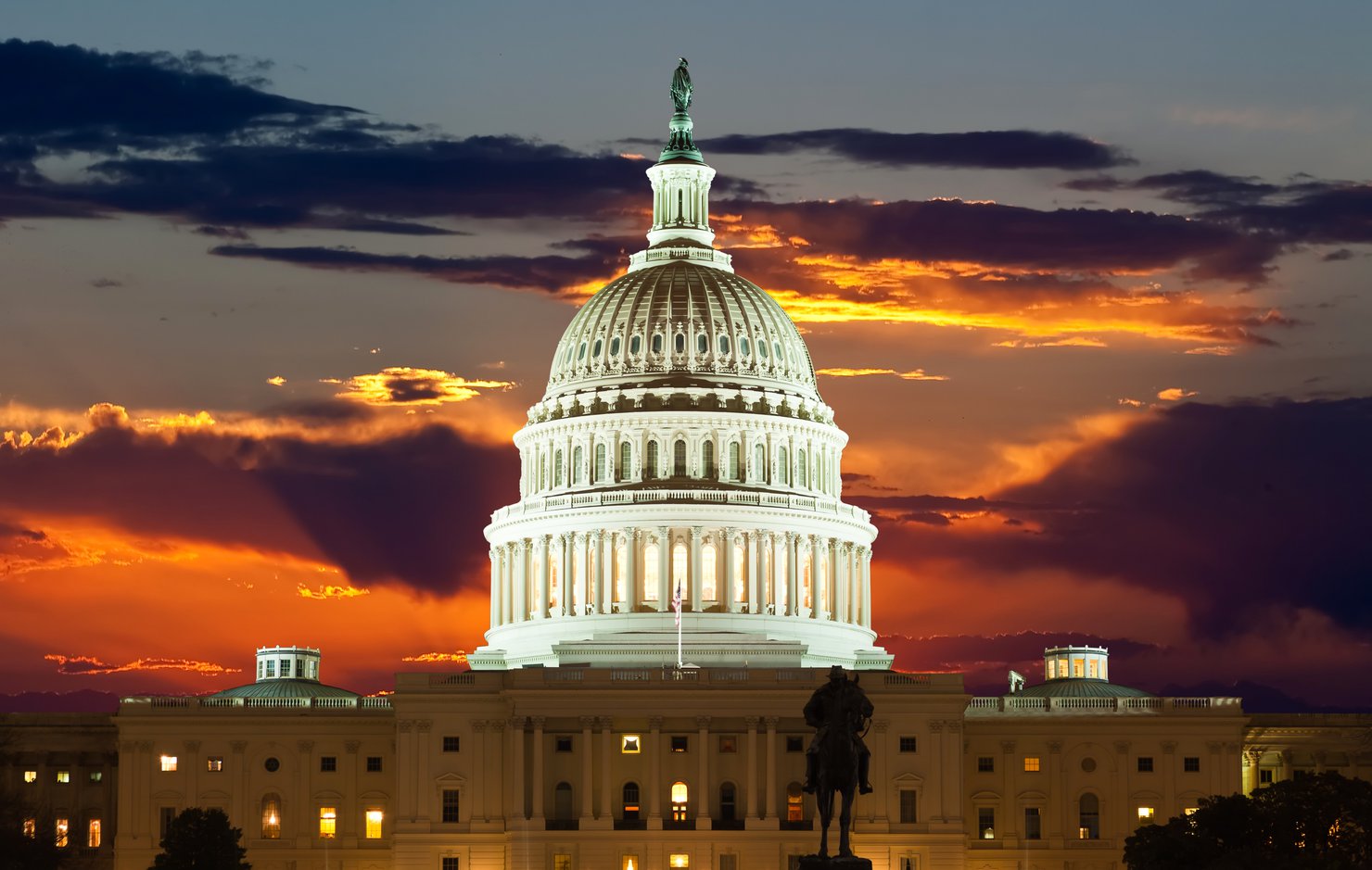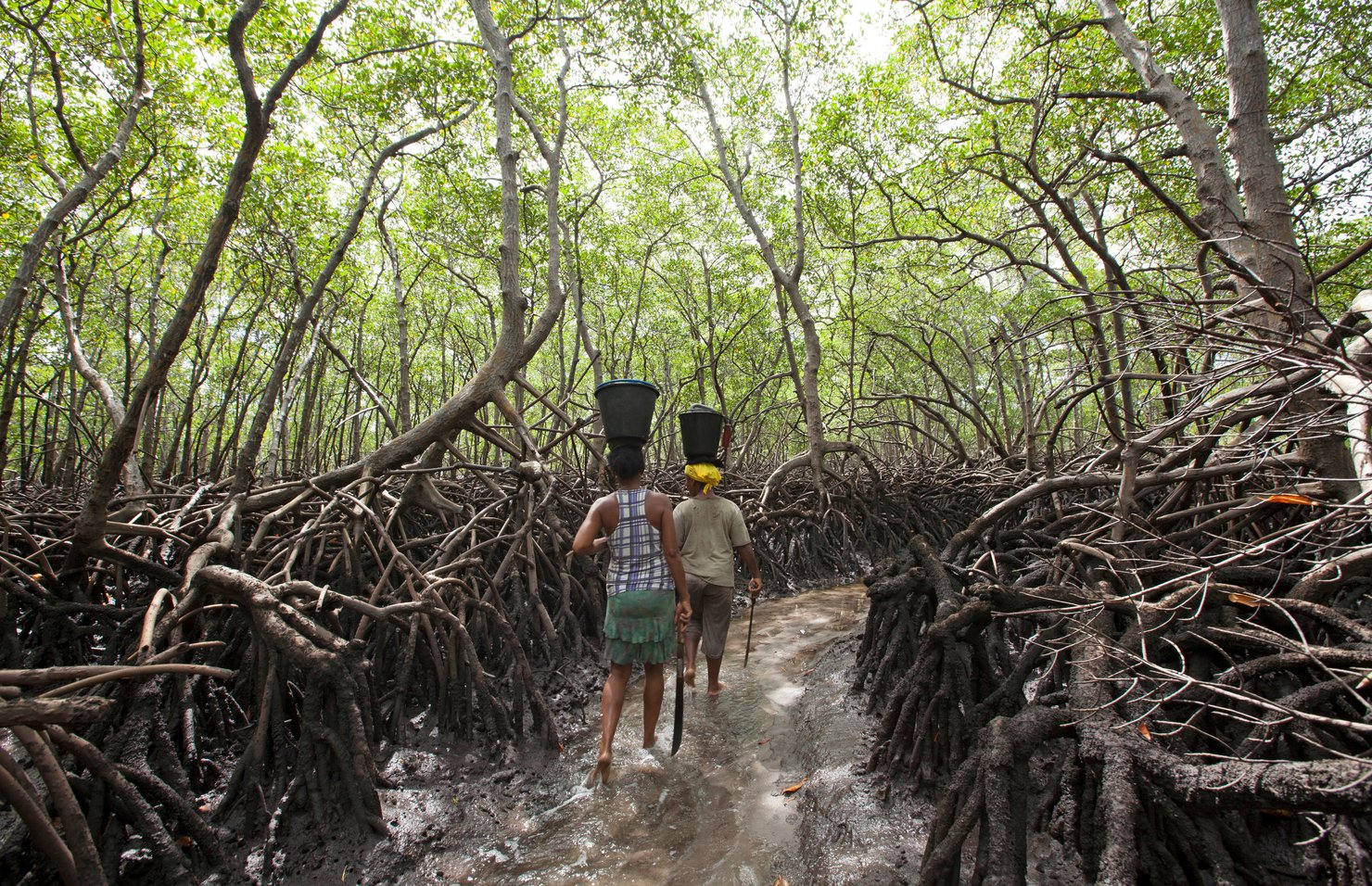How are oil and gas companies preparing for a clean energy transition—and what actions are these companies asking the federal government to spearhead?
This week, leaders from the oil and gas industry met virtually with National Climate Advisor Gina McCarthy to discuss the Biden administration’s climate policies in progress and future environmental reforms. Leaders from major companies, such as Shell and Chevron, and from leading industry groups, including the American Petroleum Institute, largely voiced support for the Biden administration’s environmental agenda—a sea change for an industry that historically has been skeptical of environmental regulations. But the conversation was not entirely harmonious: some representatives warned that Biden’s environmental plans could burden US producers and prompt additional fossil fuel production in countries with lax environmental standards. And as the White House devises a major infrastructure and clean energy package that the administration hopes will garner support from corporations and conservatives, many participants on the call emphasized their support for carbon pricing over more prescriptive regulations, and urged the administration to do more to boost carbon capture and hydrogen technologies.
Fossil fuel companies, despite a long history of opposing environmental regulations, have increasingly voiced support for climate action. BP, for instance, has announced plans to reach net-zero emissions by 2050 and pivot from its focus on oil to become an “integrated energy company.” In a new podcast episode based on a Policy Leadership Series event earlier this month, BP CEO Bernard Looney and RFF President and CEO Richard G. Newell discuss climate policy, COVID-19, and the role of “greening” companies in the energy transition. Mirroring industry leaders’ stances on the White House call this week, Looney shares his view that carbon capture will be essential to decarbonization and elaborates on BP’s support for carbon pricing. “Pricing carbon is very clear,” Looney says. “It can be efficient, giving companies that incentive to invest in the transition—and it can be fair. Something that the pandemic has really brought to light: fairness in society. Those who emit the most [should] pay the most.”
Related research and commentary:

Policymakers in the White House and Senate have committed to addressing long-standing environmental inequities. How can data on environmental justice drive these policy decisions?
This week, Democratic leaders in the House and Senate reintroduced the Environmental Justice for All Act, a major package that targets longstanding environmental disparities in vulnerable communities, after now–Vice President Kamala Harris introduced a similar version last summer. The bill acknowledges the long legacy of racist zoning practices, suggests a framework for directly engaging disadvantaged communities in regulatory plans, and allocates funds for research into discriminatory environmental practices. Rather than wait for the bill to proceed through a narrowly divided Congress, Senator Tammy Duckworth (D-IL), who introduced the bill in the Senate, has pressed President Joe Biden to do more around environmental justice through executive action; for example, by creating a climate justice resiliency fund within the US Environmental Protection Agency (EPA). On the campaign trail, Biden emphasized his support for prioritizing environmental justice, and some of his top climate officials, such as EPA administrator Michael Regan, have long records of confronting environmental inequity.
At an RFF event this week, the first in a new series centered around environmental justice, RFF’s Margaret Walls and the Urban Institute’s Carlos Martín moderated a discussion about environmental justice advocacy and scholarship, which featured contributions from Sheila Foster of Georgetown Law, Manuel Pastor of the University of Southern California, and Lala Ma of the Gatton College of Business and Economics. Researchers on the panel discussed the influence of race and income on community exposure to toxic pollution, the importance of access to information for vulnerable communities, and the need for data to drive decisions. “Differences in access and power can prevent people from participating in the decisionmaking process,” Foster said. “Drawing attention to these conditions and existing inequalities is critical to creating community-based climate change adaptation strategies.” Speaking about the type of information that’s necessary to guide future reforms, Pastor added, “We need to look at the research and see if it’s establishing a pattern, get more finely grained on the geography, and see what people are exposed to at home, work, and school.”
Related research and commentary:

How can satellite data be leveraged to protect vulnerable ecosystems?
A landmark report from a large team of universities and government agencies looks at the health of 20 ecosystems across Australia and Antarctica and finds that 19 of the ecosystems confront “potentially irreversible” environmental damages—largely due to human activity and climate change. The loss of mangrove forest ecosystems would be especially devastating, given that mangrove forests promote considerable biodiversity and store large amounts of carbon. Another recent study of Australian ecosystems uses satellite data to assess how mangrove forests have changed over the last three decades. The researchers find that mangroves have proven largely resilient, with forest area decreasing in some areas and expanding in others, but that temperature changes are causing mangroves to flower and fruit earlier in the year than is historically typical. Such changes could have widespread ecological consequences, especially as the impacts of climate change intensify. The study mirrors similar research from NASA last year, which used satellite data to conclude that mangroves are at risk from climate impacts like sea level rise and erosion.
On a new episode of the Resources Radio podcast, Danielle Wood—assistant professor and director of the Space Enabled research group at the Massachusetts Institute of Technology Media Lab—discusses how space technology can protect fragile ecosystems and address global inequalities. Wood describes her approach to space research, which involves learning from local leaders, drawing on insights from social science research about inequity, and ensuring that new technologies are sustainable and accessible. Discussing her contributions to a project that involves the city government of Rio de Janeiro, Wood describes how satellite data are informing conservation policies and helping local decisionmakers measure the long-term health of mangrove forests. “What has happened to the mangroves? Are they actually surviving and growing?” Wood asks. “We can make a great story that actually summarizes how the [satellite] observations, the policies, and the health of mangroves all relate.”
Related research and commentary:









